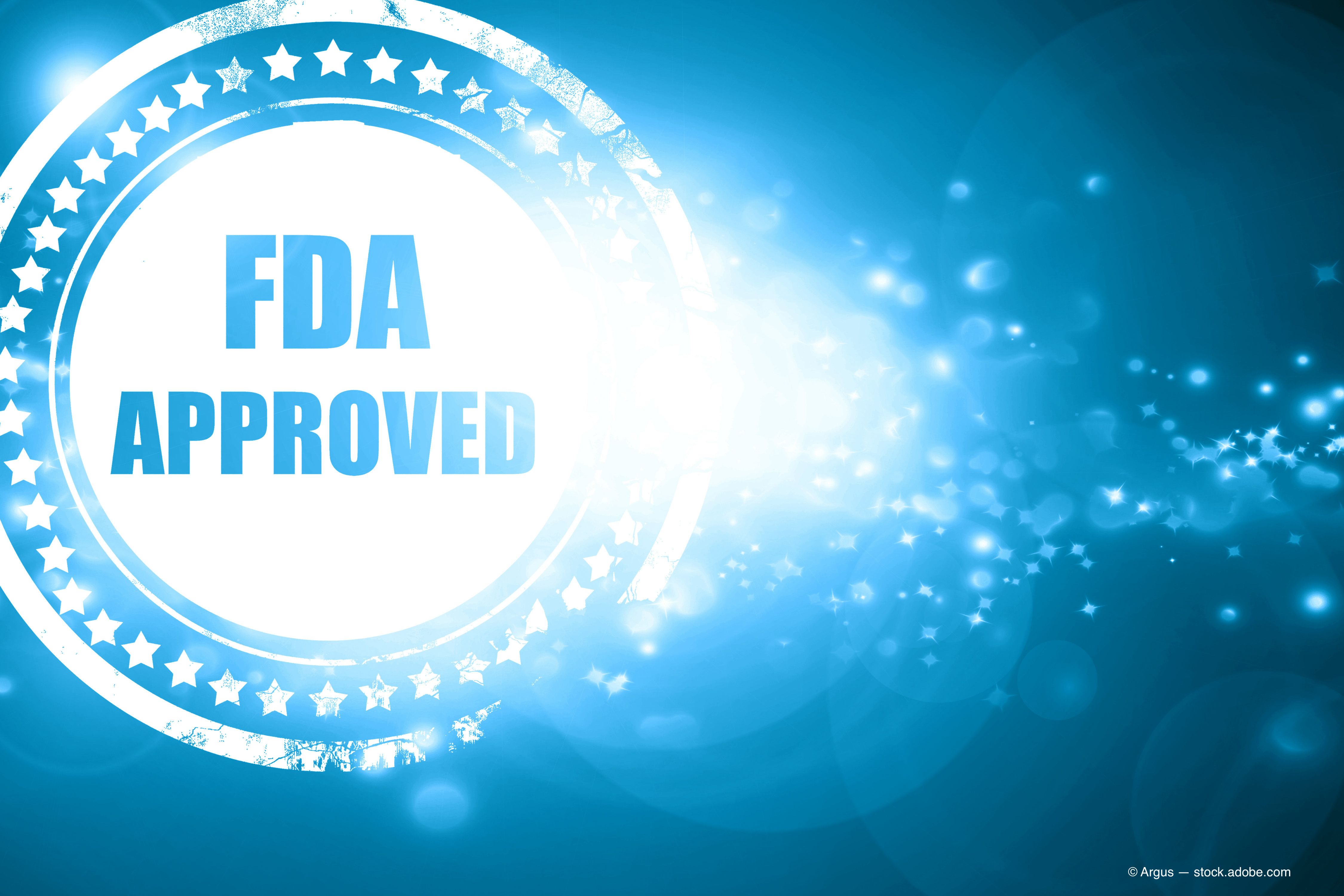Publication
Article
Digital Edition
Short-term dry eye treatment option receives FDA approval
Author(s):
A novel ocular corticosteroid is offering hope of quick results for patients.

This article was reviewed by Edward Holland, MD
The first prescription ocular corticosteroid indicated specifically for short-term treatment of dry eye disease (DED)—loteprednol etabonate ophthalmic suspension 0.25% (Eysuvis; Kala Pharmaceuticals)—has received FDA approval, which comes with expectations for providing rapid relief of signs and symptoms of DED.
Being the first drug approved in this class for the short-term treatment of DED also implies that it differs from the plethora of DED treatments available.
Related: Boosting short-term dry eye management in patients
Although cyclosporine ophthalmic emulsion 0.05% (Restasis; Allergan) and lifitegrast ophthalmic solution 5% (Xiidra; Novartis) are good chronic anti-inflammatory medications, the difference is that reaching peak benefit often takes weeks to months.
“With Eysuvis, patients will get immediate relief from the signs and symptoms of dry eye because of the rapid action of corticosteroids against inflammation,” said Edward Holland, MD, director of Cornea Services at Cincinnati Eye Institute and a professor of ophthalmology at the Univeristy of Cincinnati. “The clinical trials of the drug showed that symptomatic improvement began within 1 or 2 days of instillation of the drop. Having an approved corticosteroid is going to change how we manage dry eye.”
Recently, a realization that has emerged from the study of DED is that most of the patient population experiences flares, on average, 4 to 6 times a year, according to Holland. Moreover, the majority of the 17 million patients with DED say they experience flares vs continuous symptoms.
For patients who treat flares when they occur, a short-term treatment is probably enough. There are patients who have more severe symptoms and are on chronic medications who will have flares as well and need additional treatment.
Related: As cyclosporine options grow, focus remains on the vehicle
Currently available formulations do not provide relief from these painful episodes. Some patients can be totally asymptomatic in between flares and do not require maintenance therapy, but want to address the flares as they occur.
Other patients need maintenance therapy, but can experience breakthrough episodes of DED flares despite ongoing treatment.
“Previously, we did not have a therapy that could target the episodes of flares,” Holland said.
AMPPLIFY mucus-penetrating particle (MPP) drug delivery technology developed by Kala Pharmaceuticals seems key to the rapid onset of symptomatic relief experienced by patients. MPP enhances penetration of loteprednol etabonate through the ocular mucous layer, improving drug delivery to ocular surface tissues to target the immune responses that drive acute DED flares.
“Loteprednol etabonate is a very good corticosteroid with good safety profile and high potency,” Holland said. “I think it is going to be very effective and perhaps a first-line prescription therapy for all dry eye patients.”
Related: Making dry eye manageable for patients working from home
Clinical trials
FDA approval was based on the results of 4 clinical trials—1 phase 2 and 3 phase 3 trials—that reported significant improvements in the signs and symptoms of dry eye.
In STRIDE 3 (NCT03616899), the last phase 3 multicenter, randomly selected, double-masked, placebo-controlled, parallel-arm trial, the effects of Eysuvis were compared in 901 patients with DED (447 who received active drug and 454 control patients) who instilled drops 4 times daily for 2 weeks.
Conjunctival hyperemia improved significantly after 2 weeks of dosing in the phase 3 trials, and in 2 of the 3 phase 3 trials ocular discomfort also improved significantly.
The treatment is approved for a course of up to 2 weeks. Because dry eye is characterized by inflammation, the hope is that the inflammation will be knocked down, and the tendency to progress—creating the potential need for chronic therapy—dampened, Holland said.
Related: Myths and misconceptions about autologous serum for dry eye
In all trials, the most common adverse effect was pain associated with drop instillation.
Holland is anticipating a “new era in the treatment of dry eye disease” and says that Eysuvis offers promise to the millions of patients with disease flares.
“For the first time, we will be able to offer dry eye patients a therapeutic option that provides rapid relief for both the signs and symptoms of the disease and that is safe and well tolerated,” he said.
Kala Pharmaceuticals plans to launch Eysuvis in the United States by the end of 2020.
Read more by Lynda Charters
--
Edward Holland, MD,
e:eholland@holprovision.com
Holland is a consultant to Kala Pharmaceuticals.

Newsletter
Don’t miss out—get Ophthalmology Times updates on the latest clinical advancements and expert interviews, straight to your inbox.





